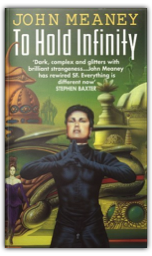
John Meaney's short stories in Interzone magazine gave him a reputation in SF circles for being highly promising. The promise is fulfilled in his debut novel To Hold Infinity, which has all the authentic flash and dazzle of cutting-edge SF. It's set on a colony world whose aristocracy of "Luculenti" are genuinely superior to the common herd, thanks to built-in brain enhancements which provide all-senses net communication and multi- tasking processing power. The implications are nicely explored, with characters manipulating the market and buying/selling companies during fleeting pauses in conversation. An utterly hissable serial-killer villain exploits fellow-Luculenti's permanent Net links to assimilate their minds using vampire software and steal their add-ons for himself—his mind is multiplied by hundreds of these "extra brains", while the legal limit is three. Others sense that something's wrong, and tough heroine Sunadomari Yoshiko from primitive old Earth becomes entangled in the invisible, multi-levelled struggle for people's souls. When the now megalomaniac killer goes too far in public, the hunt is on and Yoshiko will be the bait ... The book glows with biological and nanotechnological wonders, strange weapons and surprising perspectives. It is deservedly shortlisted for the 1999 British SF Association Award. —David Langford 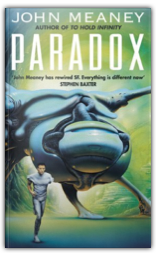
John Meaney received much praise and a British SF Association Award shortlisting for his first novel To Hold Infinity (1998), full of clever new SF ideas and ingenious twists on old ones. Paradox is his second. 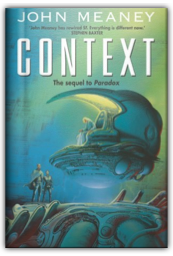
Context is a direct sequel to John Meaney's well-received SF novel Paradox, whose hero Tom Corcorigan sparked an impossible revolution in the teeming underground regimes of planet Nulapeiron. What next? 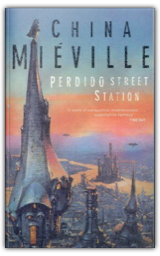
Like the author's 1998 debut book King Rat, this is an urban-gothic novel full of rich city squalor—but this time the setting isn't London but the grimy fantasy metropolis of New Crobuzon. The city sprawls like a mutant Gormenghast, contains strange ethnic minorities such as the khepris (women with huge scarab-beetles for heads), and seethes with seedy technology and thaumaturgy. There are Babbage engines, coke-powered robot "constructs", and an underclass of biomagically "Remade" victims of cruel justice who may be part-machine, part-animal or wholly nightmarish. A visiting garuda—a winged being now stripped of his wings—approaches the overweight, eccentric amateur scientist Isaac Dan der Grimnebulin in hope of buying back the power of flight, and the resulting research programme has accidental but monstrous consequences. Something appalling is loosed, a horror whose deadliness is underlined when New Crobuzon's corrupt government begs help from the Ambassador of Hell ... who refuses, because even the demons are frightened. Dealing with the flying terror becomes a job for Grimnebulin and a much-harried group of cronies—including his khepri lover, the garuda, a reporter for a brutally suppressed subversive newspaper, the group mind of New Crobuzon's constructs, a secret traitor, and one of the strangest giant spiders in fiction. A big, powerful, inventive, mesmerising and memorably horrid novel. —David Langford 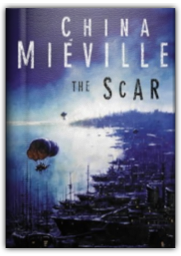
The question was always: what would he do for an encore? China Mieville's third novel The Scar is set in the same world as his award-winning Perdido Street Station but is a very different book, set in a very different city. Where his New Crobuzon was an old metropolis of cruelty, oppression and glamour, the floating freebooter city Armada is a place of refuge even for those who experience it as a prison. Brilliant linguist Bellis Coldwine is on the run when she is press-ganged by pirates who turn out to be rather more; her abilities make her a valuable commodity and she finds herself intermittently useful to a project so ambitious that it takes her much of the book to comprehend fully. Mieville takes interesting chances by making Bellis his protagonist—she has an arrogant selfishness that at times makes one breathless—but her guts, determination and intermittent realism about herself gradually endear her to us. This is an intelligent book about how individuals and events influence each other and the meaning of freedom. Mieville has a sense of the sea as the place of a menace almost incomprehensibly huge; like Perdido Street Station, The Scar is full of breath-taking moments of wonder which are also moments of heart-stopping terror. —Roz Kaveney 
Certain writers absolutely defy categorisation – and China Miéville is most definitely of that rarefied company. His prose is exhilarating, poetic, coruscating with ideas and atmosphere – and it has enhanced a body of work that has almost no parallels in modern writing. Heretofore, if Miéville has brushed shoulders with any identifiable genres, they are those of fantasy and science fiction – which makes his remarkable new book, The City and The City, such a surprise. The author’s publishers compare this novel to Philip K Dick, Raymond Chandler and 1984 – which at least gives a series of corollaries for this book, however tentative. There are elements here of the crime thriller, but very much refracted through Miéville’s highly individual imagination. 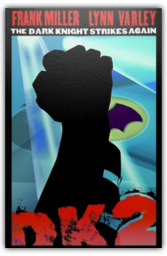
Written and illustrated by Frank Miller; cover by Miller. 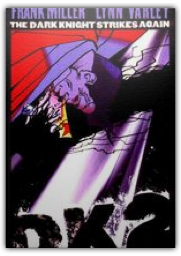
The Dark Knight Strikes Again is Frank Miller's follow-up to his hugely successful Batman: the Dark Knight Returns, one of the few comics that is widely recognized as not only reinventing the genre but also bringing it to a wider audience.Set three years after the events of The Dark Knight Returns, The Dark Knight Strikes Again follows a similar structure: once again, Batman hauls himself out of his self-imposed retirement in order to set things right. However, where DKR was about him cleaning up his home city, Gotham, DKSA has him casting his net much wider: he's out to save the world. The thing is, most of the world doesn't realize that it needs to be saved—least of all Superman and Wonder Woman, who have become little more than superpowered enforcers of the status quo. So, the notoriously solitary Batman is forced to recruit some different superpowered allies. He also has his ever-present trusty sidekick, Robin, except that he is a she, and she is calling herself Catwoman. Together, these super-friends uncover a vast and far-reaching conspiracy that leads to the President of the United States (Lex Luthor) and beyond. 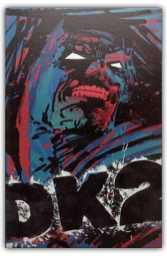
The Dark Knight Strikes Again is Frank Miller's follow-up to his hugely successful Batman: the Dark Knight Returns, one of the few comics that is widely recognized as not only reinventing the genre but also bringing it to a wider audience.Set three years after the events of The Dark Knight Returns, The Dark Knight Strikes Again follows a similar structure: once again, Batman hauls himself out of his self-imposed retirement in order to set things right. However, where DKR was about him cleaning up his home city, Gotham, DKSA has him casting his net much wider: he's out to save the world. The thing is, most of the world doesn't realize that it needs to be saved—least of all Superman and Wonder Woman, who have become little more than superpowered enforcers of the status quo. So, the notoriously solitary Batman is forced to recruit some different superpowered allies. He also has his ever-present trusty sidekick, Robin, except that he is a she, and she is calling herself Catwoman. Together, these super-friends uncover a vast and far-reaching conspiracy that leads to the President of the United States (Lex Luthor) and beyond. 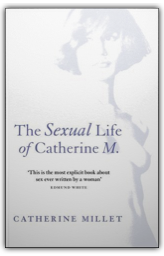
A publishing sensation upon its original publication in France, Catherine Millet's The Sexual Life of Catherine M is one of the most sexually explicit books ever written by a woman. Ostensibly a semi-autobiographical account of the sexual life of the author, the editor of an influential Parisian art magazine, the book is a frank and detailed account of Millet's development from an awkward, guilt-ridden Catholic teenager to sophisticated Parisian intellectual and enthusiastic member of the singles bars, orgies and public sex spaces of Paris. |
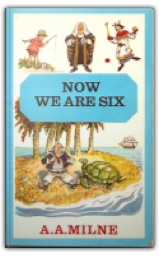
This is A.A. Milne's second volume of verse about Christopher Robin and his friends. From short simple rhymes like "Solitude" to the longer poems, such as "King John's Christmas", there is a poem to suit any storytelling session. With E.H. Shepard's original illustrations in colour, this is an attractive and entertaining book for adults to share with young children. —Philippa Reece 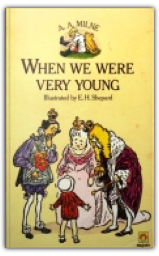
This is the first volume of rhymes written especially for children by A.A. Milne. Although many of the rhymes refer to times past—not many of today's children have a nurse to look after them—the humour and simplicity of the rhymes make them as popular now as when they were first written. Accompanied by E.H. Shepard's original illustrations in colour, this is a handy volume to have on standby for reading to young children. —Philippa Reece 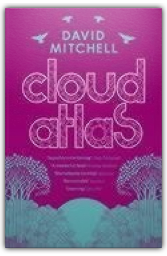
It's hard not to become ensnared by words beginning with the letter B, when attempting to describe Cloud Atlas, David Mitchell's third novel. It's a big book, for start, bold in scope and execution—a bravura literary performance, possibly. (Let's steer clear of breathtaking for now.) Then, of course, Mitchell was among Granta's Best of Young British Novelists and his second novel number9dreamwas shortlisted for the Booker Prize. Characters with birthmarks in the shape of comets are a motif; as are boats. Oh and one of the six narratives strands of the book—where coincidentally Robert Frobisher, a young composer, dreams up "a sextet for overlapping soloists" entitled Cloud Atlas—is set in Belgium, not far from Bruges. (See what I mean?) 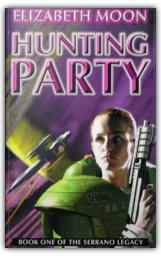
Elizabeth Moon is best known in Britain for her Paksennarion fantasies; Hunting Party (1993) is the first of her Serrano Legacy SF novels. Its heroine Heris Serrano has suffered a familiar military-SF predicament—forced to resign her command in the space navy thanks to the machinations of a wicked admiral. Her new life as captain of an eccentric lady aristocrat's private space-yacht is handled with originality, charm and a thoughtfulness about how things work that's reminiscent of Robert A. Heinlein's better SF. 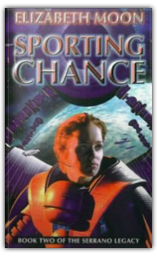
As "Book Two of the Serrano Legacy", this is an immediate sequel to Elizabeth Moon's enjoyable SF Hunting Party—best read first, since the plot tangles of Sporting Chance emerge directly from the earlier story. Ex-Navy space-captain Heris Serrano is still commanding her eccentric but sharp old patron Cecelia de Marktos's luxury interstellar yacht, the new mission being to ferry home a misplaced sprig of galactic royalty after the first book's action. Something's wrong with this feckless prince, though, and carrying the bad news of possible poisoning makes the messenger a target for Borgia-like scheming among the royals. Very soon, one heroine is in near-death coma while the other's on the run through deep space—harried by Crown warships, the galactic mafia, a traitor crewperson and a plague of mutant cockroaches. Moon counterpoints space-operatic excitement (including one small but tense battle) with slow, agonising therapy as the woman trapped speechlessly within her own body is slowly brought to the point of fumbling communication. Eventually there are massive repercussions for the galaxy's sickly, scheming royalty, and although Sporting Chance ends satisfactorily— with the major villain getting a suitable comeuppance—it seems clear that something bigger and smellier is ready to hit the fan in book three, Winning Colours. Moon continues to entertain. —David Langford 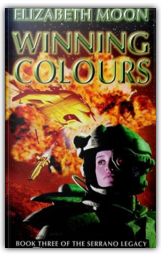
Winning Colours concludes Elizabeth Moon's "Serrano Legacy" adventure-SF trilogy, whose previous novels are Hunting Party and Sporting Chance. Captain Heris and her cranky but highly acute patron Lady Cecelia are in their tightest corner yet, visiting a planet that's due to be torched by a raiding fleet from the villainous Benignity of the Compassionate Hand. Only their lightly armed space-yacht Sweet Delight stands in the way: the official defence force is commanded by traitors. Of course resourceful Heris contrives a daring last-ditch scheme, but still seems doomed ... Another storyline features the various young, foolhardy offspring of merchant princes and clones of royal scions who repeatedly risked their necks in previous books, and here tangle with revolutionaries enraged by the concentration of galactic power in the hands of repeatedly rejuvenated oldies. En route there's a fair bit about horse-breeding, and a tongue-in-cheek justification for sound effects during space-battles in vacuum. After subjecting her characters to nail-biting peril (with one small mystery frustratingly unresolved), Moon dishes out happy endings with a touch of sentiment that goes down well—since we've come to like most of these people. And, just as in P.G. Wodehouse, the prime motive force in the galaxy turns out to be aunts. Enjoyable reading. —David Langford 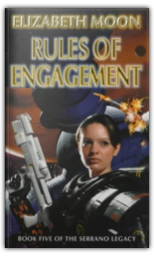
"The Serrano Legacy", an entertaining SF sequence with strong female leads and a realistic space-military flavour, began with Hunting Party (1993). Young lieutenant Esmay Suiza came to stage centre in book four: Rules of Engagement is book five, continuing her story. |

Mike Scott
Collection Total:
4227 Items
4227 Items
Last Updated:
Feb 21, 2010
Feb 21, 2010
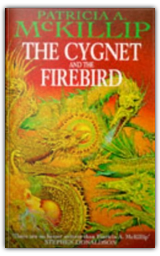

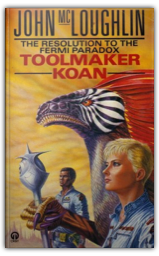
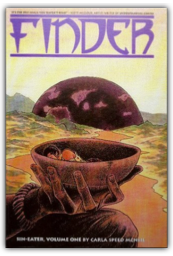

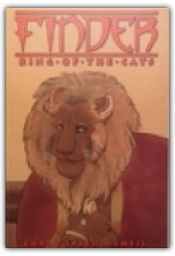
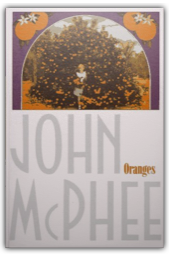
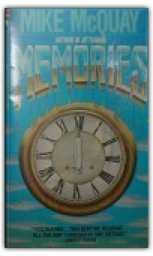


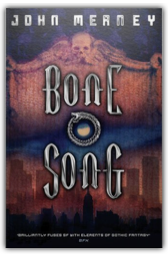

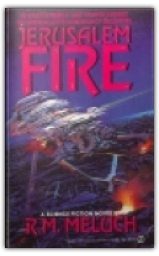

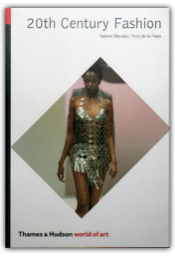
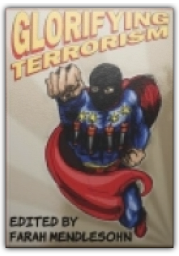
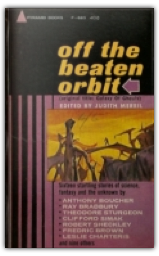

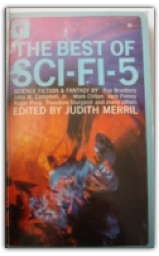
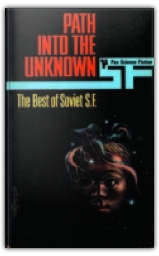

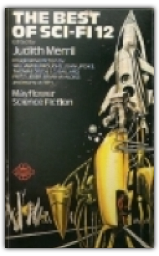
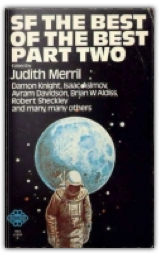
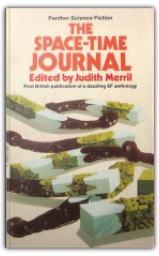
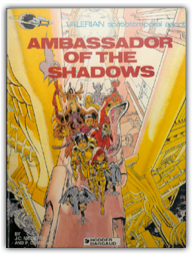

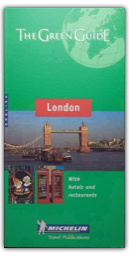
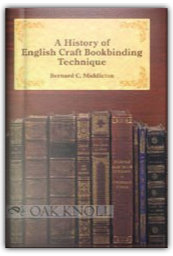
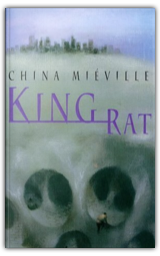
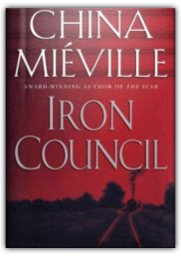
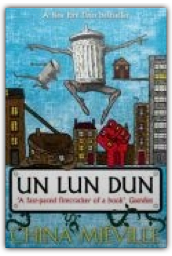

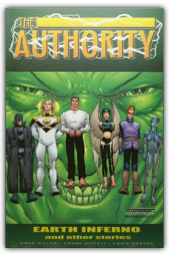
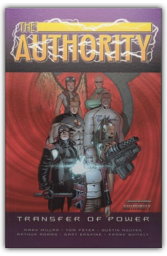
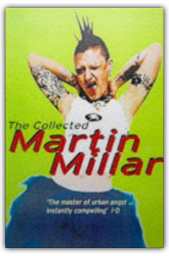
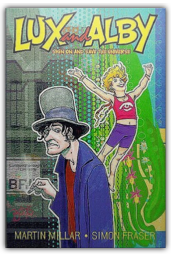
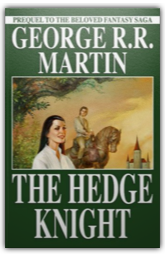
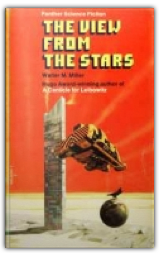

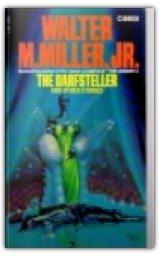


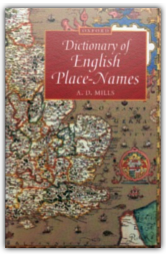
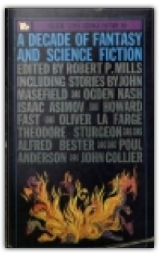
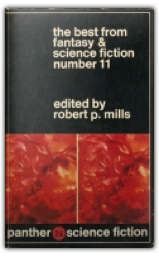
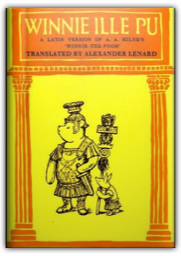
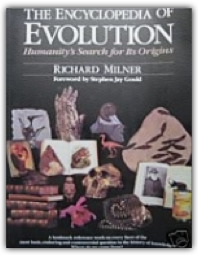


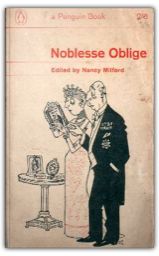
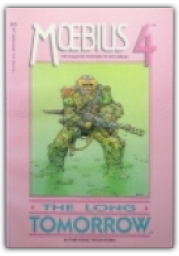

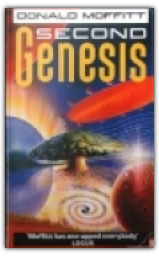
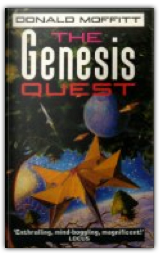
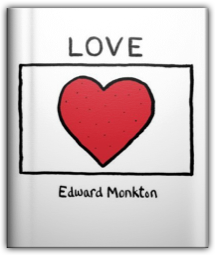
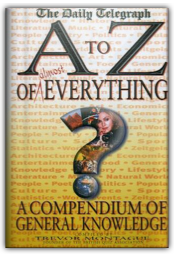
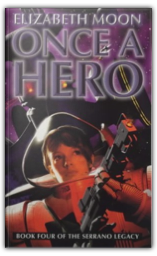
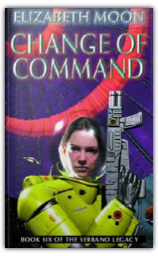
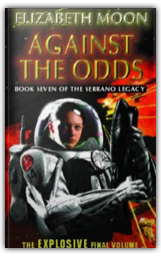
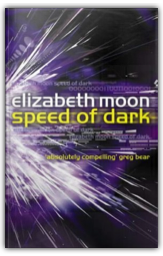
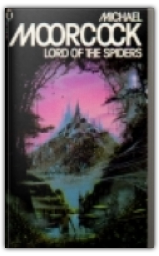

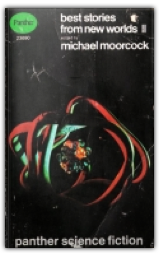
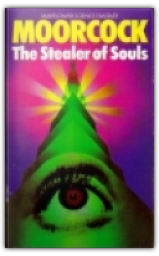
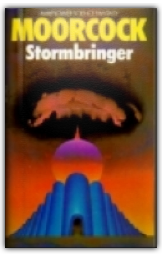
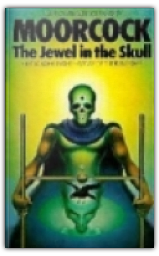
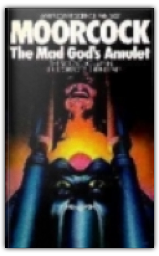
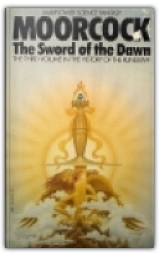
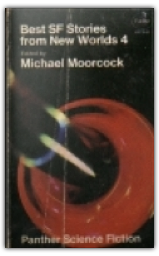
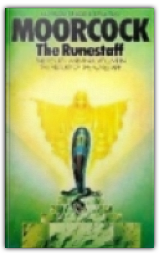
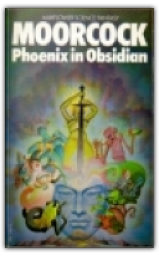
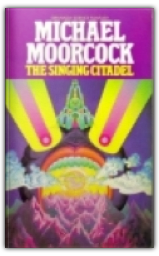
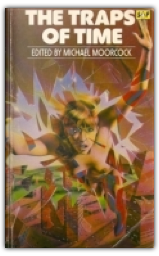
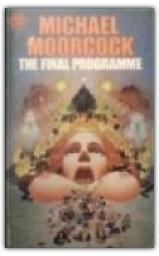
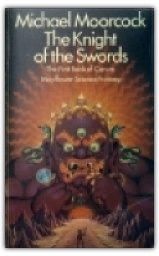
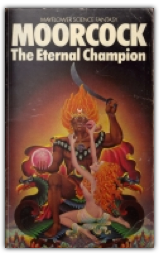

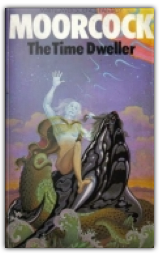
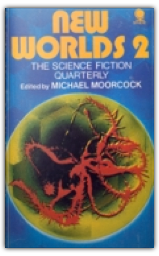

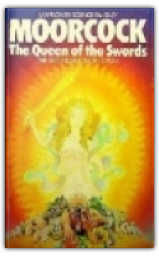
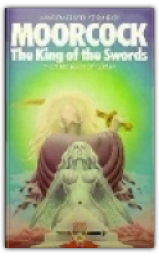
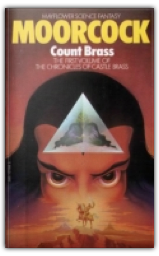
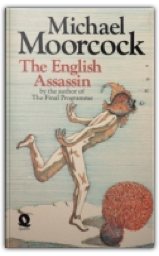
 Made with Delicious Library
Made with Delicious Library